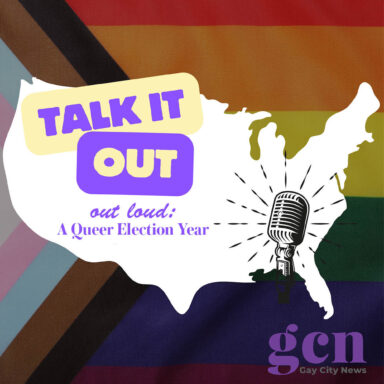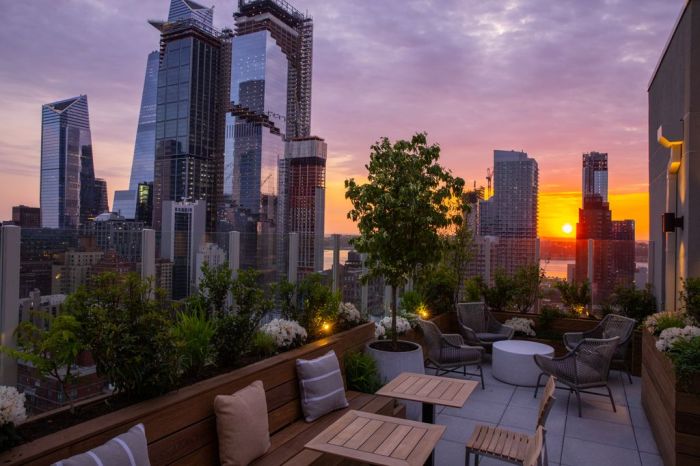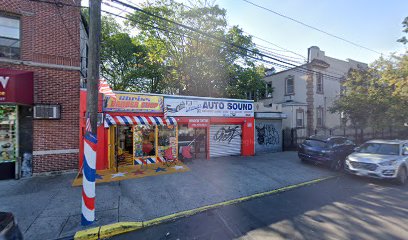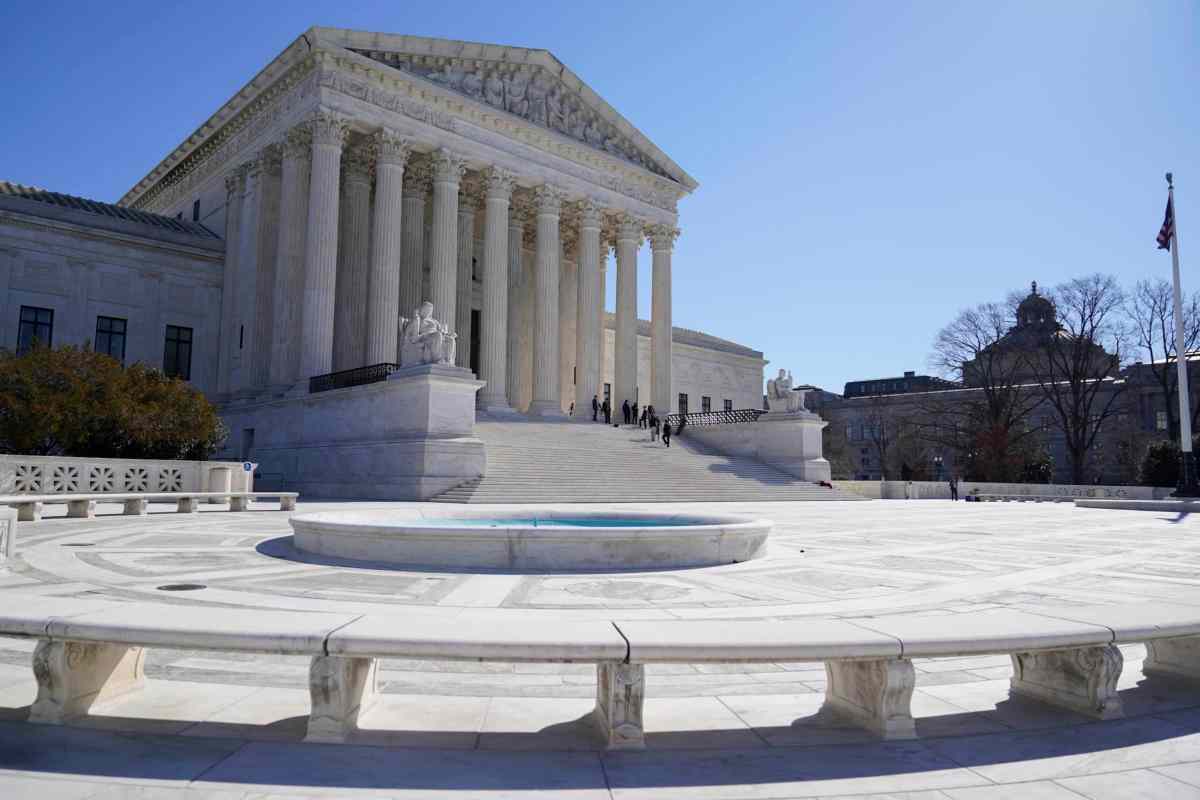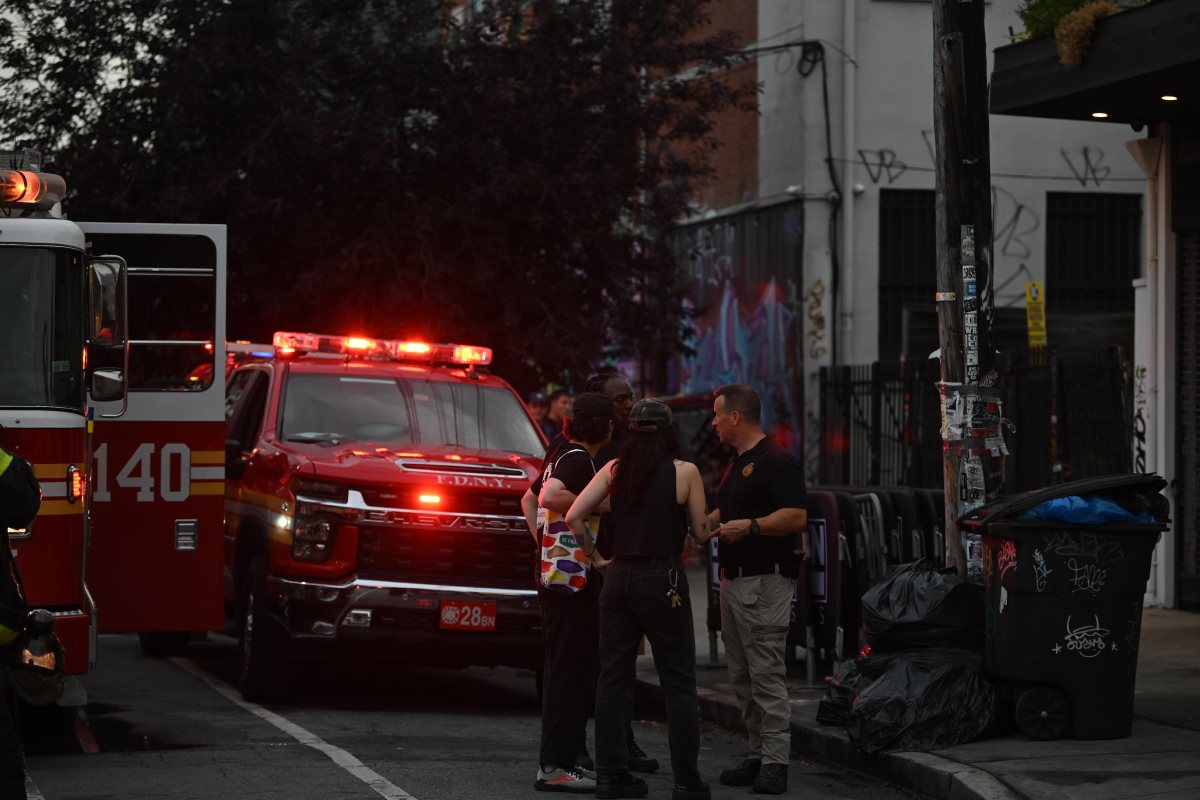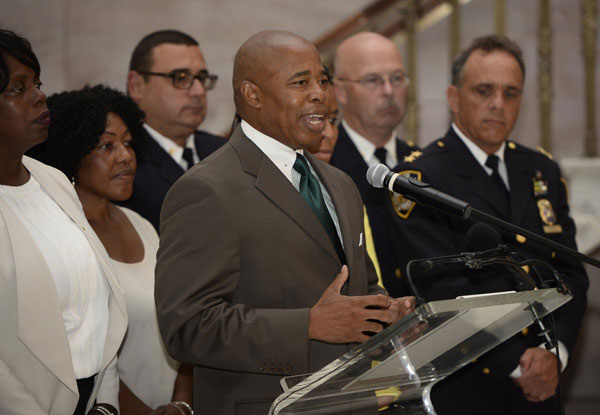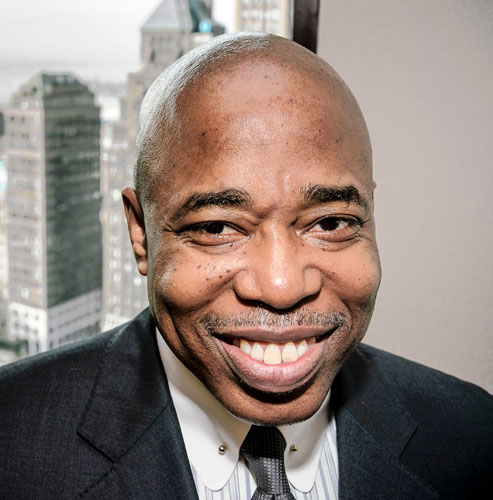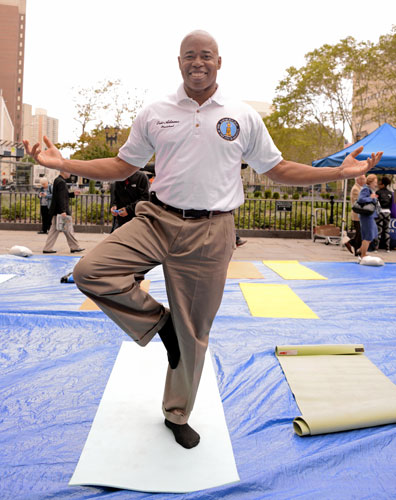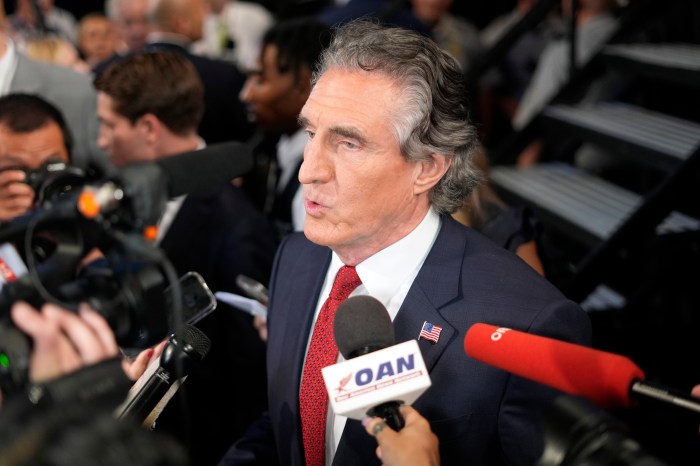Borough presidential hopefuls discussed the state of Brooklyn’s greenspaces during an April 22 virtual forum, where they laid out their visions for open spaces and parks.
The forum, organized by the Brooklyn Parks and Open Spaces Coalition and hosted by community journalist Brian Vines, covered a wide range of topics related to parks and public spaces, including creating equity across the park system, the relationship between development and open spaces, and fully funding the city’s Parks Department.
The race to replace longstanding BP Eric Adams comes as New York City continues to grapple with the COVID-19 pandemic and as parks and open spaces are more critical to the physical and mental health of New Yorkers than ever before. Parks across the city are seeing a record usage as residents flock to them for refuge — and it’s more apparent than ever which neighborhoods are in need of more green.
Still, in 2020, the city’s historically underfunded Parks Department suffered a budget cut of $84 million, accounting for 14 percent of its budget — the second highest of any city agency.
“We would expect that the next Brooklyn borough president is fully aware that parks are an essential infrastructure and is committed to leading and supporting efforts to fund this important local treasure in all communities, but particularly those in marginalized and high needs neighborhoods,” said Marlene Pantin, chair of the Brooklyn Parks and Open Space Committee, prior to the event.
On equity in the parks system
The topic of equity in the parks network came up several times throughout the forum, with many candidates pledging to fight for more green spaces for underserved communities throughout the borough.
Councilmember and borough president candidate Antonio Reynoso accused Mayor Bill de Blasio and those currently in power of only seeking to serve civically engaged communities who would reward them in turn with votes when they sought a higher office.
“The problem that we have now is an equity issue,” the north Brooklyn pol said. “The mayor and a lot of the elected officials spend most of their time talking and working for people that have a lot of political capital. Folks that vote, folks that they think are going to be very important to them in their future.”
Reynoso pledged to work for and with communities who may not have the free time to be hyper-civically engaged, to ensure they benefit from parks and open spaces.
“What we need to do is have a conversation about the folks that don’t have the same civic engagement because they’re worried about putting food on their tables and whether or not they’re going to have a home to come to,” he said. “What I am committing to here is that I am going to be spending most of my time and resources ensuring that we are building more space and more access to greenspace in neighborhoods that have been deprived of that for a long time.”
Bedford-Stuyvesant Councilmember and candidate Robert Cornegy said he would utilize the “three-legged stool” of the borough president’s office to combine land-use decisions and capital funding to help better serve underprivileged communities.
“Bedford-Stuyvesant has characteristically been an underserved community,” Cornegy said. “We invested, in spite of that, $40 million into that.”
Candidate Kim Council, a nonprofit executive, said her administration would map the geographic inequities across the borough to see where need was greatest, using factors like a lack of street trees and park space, and then use the bully pulpit to pressure the city and state to pour more resources into those communities, as well as using the borough president’s discretionary funding to better fund those neighborhoods.
Beep hopeful Trisha Ocana, a member of Community Board 17, similarly said she would break down the needs of each individual community board in Brooklyn in order to better assess where the need for open space is greatest, and funnel more money into recreational programs for children.
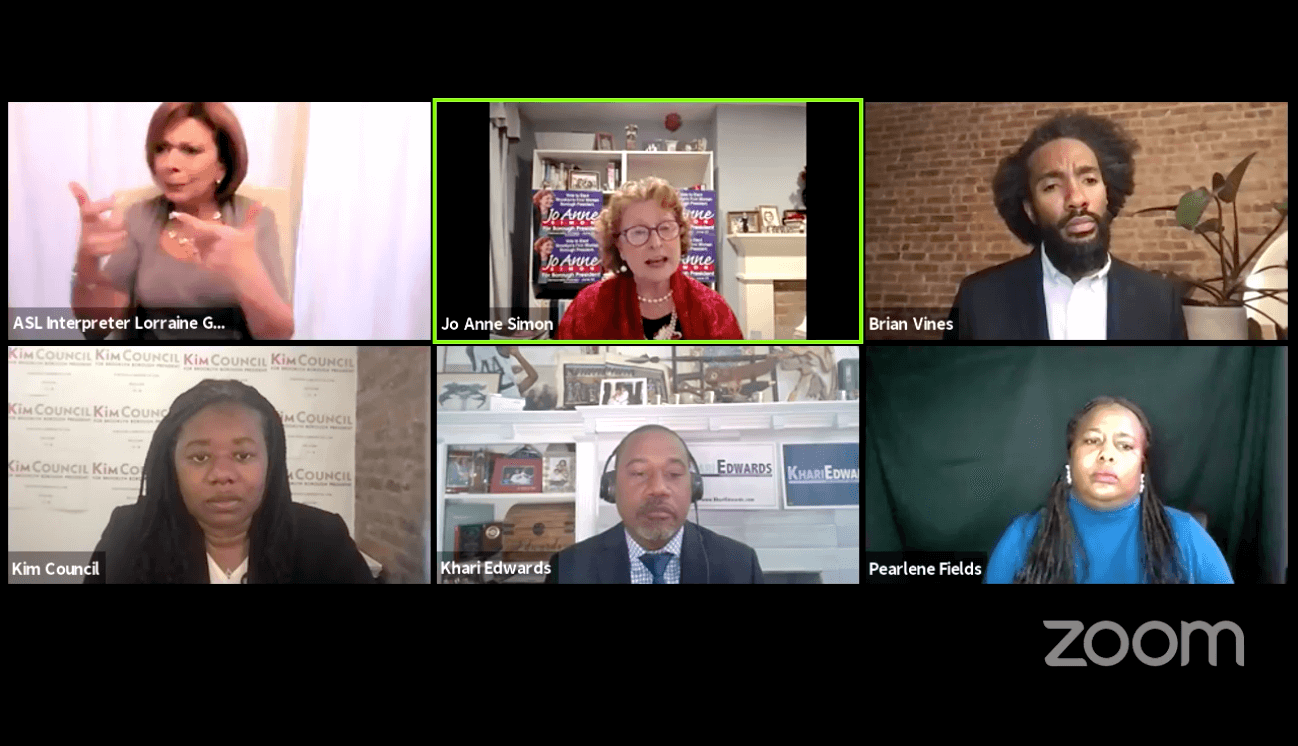
Balancing needs
There is a dire need for both open space and affordable housing in New York, yet the two are often pitted against each other, as exemplified by the embattled Gowanus Green and the fight over Elizabeth Street Garden in Manhattan.
Borough president candidates weighed in on ways they would increase both the borough’s affordable housing stock and its greenspace.
Cornegy pointed to developments in his district he had supported through rezonings that include green areas on their rooftops.
“When we couldn’t get it on the ground, we’ve actually had new development where there is greenspace on rooftops, that are accessible to the public,” said Cornegy, who did not divulge specifics. “So we’ve demanded that all new development within the 36th Council District include green spaces, not just for the residents of those buildings.”
Ocona said her administration would follow projects that pass through Brooklyn Borough Hall during the land use process, and ensure that they follow through on any promises such as public greenspace. What actions her office would take are unclear, though, because the borough president has a purely advisory role in the land use process.
Reynoso pitched a version of “comprehensive planning” — a style of city planning that centers around the goals and needs of specific communities and builds according to them, rather than the developer-focused Uniform Land Use Review Process.
“What the mayor does is that he ties park space and infrastructure projects and school buildings and all these valuable resources and infrastructure projects that are important to our communities to development,” he said. “What we need to do is stop allowing for developers to come into our communities and dictate what it’s going to look like.”
Combating climate change at the local level
Candidates pitched their plans to use the office of the borough president — which comes with a hefty discretionary budget and the ability to weigh in on land-use decisions — to combat climate change and rising sea levels in the borough.
Both Assemblymember Jo Anne Simon and former hospital executive Khari Edwards cited a desire to see more electric and hybrid vehicles, with Edwards zeroing in on the diesel fuel buses that still run through poorer neighborhoods.
“In Brownsville, East New York, while some communities have hybrid buses and electric buses, we’re still using a lot of diesel buses going through many parts of our communities,” Edwards said. “So what does that do? That changes the environment exponentially.”
Simon said she would focus on transportation issues, with transportation being the leading contributor to ozone loss, but did not name specific initiatives other than electrifying vehicles, and said the borough needed to focus more on ensuring resilience along its coastline.
“Brooklyn has 30 miles of shoreline and two navigable waterways, both of which are superfund sites,” she said. “So this is a complex issue and we really need to focus on resilience.”



